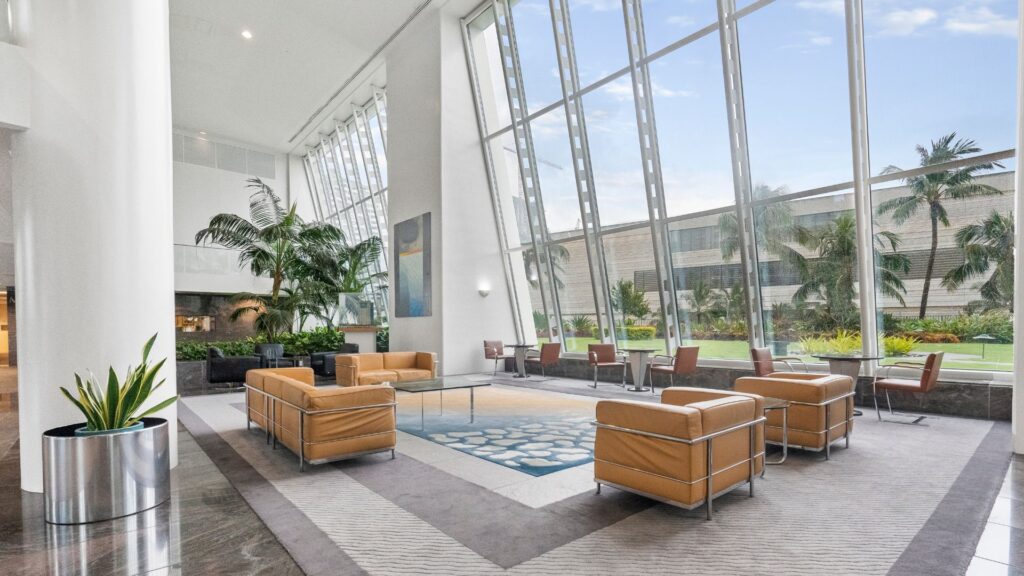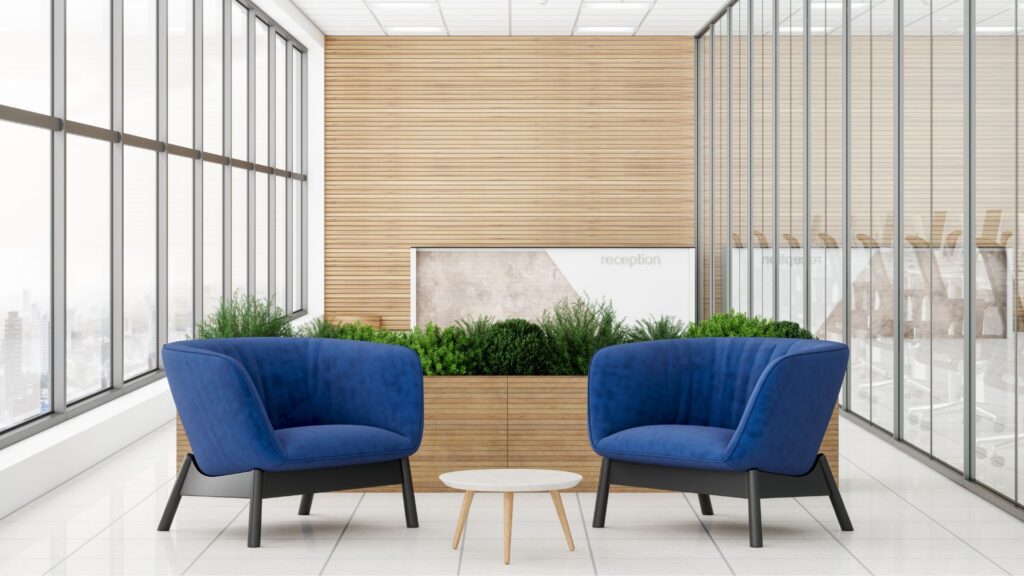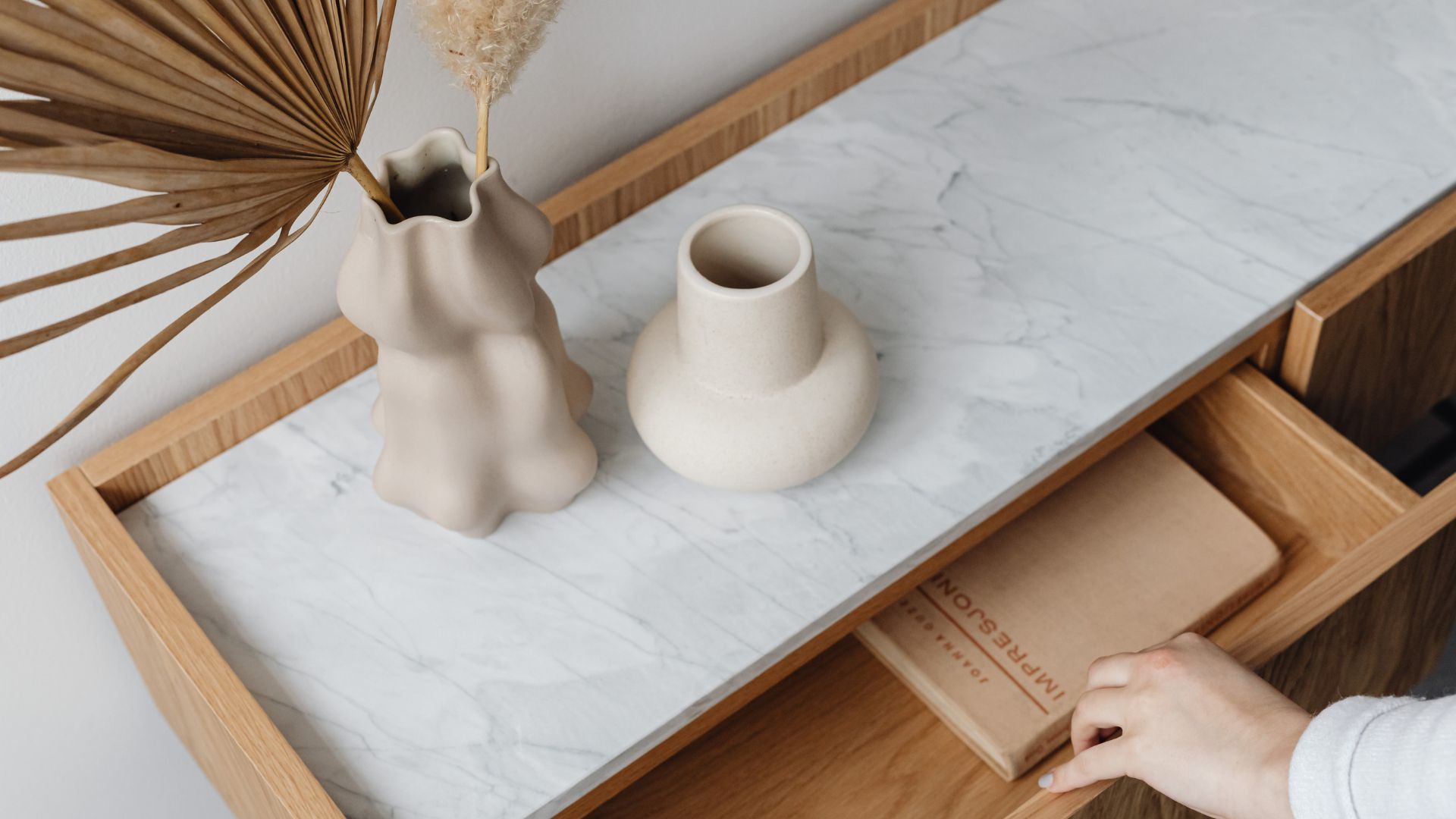Commercial interior design in Rhode Island bridges brand identity, local building character, and functional workplace systems to create spaces that improve productivity and customer experience. This article explains what commercial interior design entails, why specialized firms matter for office, hospitality, and retail projects, and how local trends — from adaptive reuse to coastal palettes — shape practical design decisions. Owners and facility managers reading this will learn how to evaluate designers, what services to expect, and which outcomes to measure when commissioning a commercial project. The guide maps leading firm types, concrete business impacts of design choices, current Rhode Island trends, and a step-by-step selection checklist so you can hire confidently. Throughout, we reference practical service lists, vendor coordination considerations, and conversion-focused design outcomes tailored to Rhode Island commercial contexts.
Who Are the Leading Commercial Interior Design Firms in Rhode Island?
Leading commercial interior design firms in Rhode Island specialize in translating business goals into built environments by combining space planning, brand-driven materials, and code-aware documentation. These firms typically focus on core sectors such as office, hospitality, and retail while offering project management and local vendor coordination to deliver on schedule and on budget. When choosing among top providers, look for demonstrated experience in adaptive reuse, visualization tools for stakeholder buy-in, and transparent pricing models that simplify procurement.
The short profiles below help match firm strengths to typical project types and point to the services most commonly offered across the state. Understanding these specializations helps you narrow candidates before a portfolio review and initial interview.
What Services Do Rhode Island Commercial Interior Designers Offer?
Commercial interior designers provide an integrated set of services that move a project from brief to occupancy, including strategic planning, technical coordination, and procurement. Typical offerings include space planning to optimize workflows, FF&E selection for brand alignment, lighting design to improve comfort and sales, and custom millwork for distinctive interiors. Designers also coordinate mechanical, electrical, and plumbing (MEP) trades, which is where contractor and systems coordination becomes essential; vendors may be asked to handle specific system installations during documentation and installation. This coordination ensures that brand, function, and building systems work together without costly revisions
- Space planning: Optimizes circulation and adjacency for intended workflows.
- FF&E and finishes: Selects durable furnishings and materials that reinforce brand and durability.
- Lighting and acoustics: Enhances visual comfort and auditory privacy for employees and guests.
These services form the backbone of commercial projects and set expectations for timeline and cost control, which leads naturally to how firms specialize by sector.
Which Firms Specialize in Office, Hospitality, and Retail Design in RI?
Firms often position themselves with clear sector strengths so clients can match expertise to project goals; office-focused studios emphasize ergonomics and flexible zoning, hospitality practices prioritize guest flow and memorable arrival experiences, and retail designers concentrate on sightlines and merchandising strategies. For an office project, expect focus on modular workstations and meeting hubs; hospitality work emphasizes lobby sequencing and durable hospitality-grade materials; retail efforts center on display systems and circulation to boost sales. Shortlisted firms that balance local New England character with modern operational needs are typically best suited for Rhode Island projects.
| Firm Type | Service Focus | Notable Strengths |
| Office-focused studios | Space planning, workplace strategy, FF&E | Workflow optimization, ergonomic planning |
| Hospitality-specialist firms | Lobby design, guest circulation, finishes | Brand storytelling, guest experience metrics |
| Retail and adaptive reuse teams | Merchandising, lighting, and adaptive reuse execution | Sales-driven layout, historic building expertise |
This comparison table helps decision-makers scan which firm type aligns with their business objectives and site context, guiding the next steps in selection and vetting.
How Does Commercial Interior Design Impact Rhode Island Businesses?

Commercial interior design has a measurable impact on business outcomes by aligning physical space with operational goals, enhancing employee performance, and shaping customer perceptions. Thoughtfully planned layouts reduce wasted motion and interruptions, which boosts productivity, while lighting, acoustics, and ergonomics directly affect comfort and retention. For hospitality and retail, design choices influence dwell time, perceived service quality, and conversion rates by guiding circulation and creating emotional resonance with materials and lighting. Measuring outcomes — such as employee satisfaction scores, foot traffic, or average transaction value — ties design investments to business results and clarifies return on investment.
How Can Office Interior Design Improve Productivity and Employee Well-being?
Office interior design improves productivity by zoning spaces for focused work, collaboration, and quiet concentration, and by integrating daylighting and ergonomic furniture to reduce fatigue. Strategic layout reduces walking time between teams and places collaborative hubs near meeting resources, which increases interaction efficiency and lowers friction. Acoustic design and layered lighting further limit distractions while improving comfort; these components together foster higher engagement and lower turnover. Evaluating post-occupancy metrics like task completion rates and staff satisfaction helps validate design decisions and refine future workplace strategies.
- Zoning for tasks: Creates clear areas for heads-down work, collaboration, and client meetings.
- Daylight and lighting design: Enhances circadian comfort and visual clarity.
- Acoustic treatments: Reduce distraction and improve focus.
These office strategies illustrate how spatial decisions convert directly into measurable productivity gains, which parallels hospitality outcomes discussed next.
What Role Does Hospitality Interior Design Play in Enhancing Guest Experience?
Hospitality interior design crafts the guest journey by choreographing arrival sequences, sightlines, materials, and lighting to communicate service level and brand promise. A well-designed lobby and circulation pattern shortens perceived wait times and encourages guests to linger in revenue-driving zones like bars or retail niches. Material choices and lighting temperature affect perceived cleanliness and value, and thoughtful wayfinding reduces staff load while improving guest satisfaction. Tracking metrics such as average length of stay, review sentiment, and ancillary revenue links design intent to financial and reputational outcomes in hospitality projects.
| Design Element | Attribute | Business Outcome |
| Circulation & reception | Efficient guest flow | Shorter wait perception, higher check-in satisfaction |
| Material & finishes | Durable, high-value appearance | Enhanced perceived value, repeat visits |
| Lighting & mood | Layered illumination | Increased dwell time and ancillary spend |
This EAV-style mapping shows the direct relationships between design choices and business metrics that owners can monitor after project completion.
What Are the Current Commercial Interior Design Trends in Rhode Island?

Rhode Island commercial design blends coastal New England aesthetics, adaptive reuse approaches, and demand for flexible, multifunctional spaces that support changing tenant needs. Adaptive reuse remains prominent as firms convert historic shells into contemporary workplaces or retail venues, preserving character while upgrading systems. Coastal influence appears in material palettes, durable finishes, and scale decisions that respect maritime contexts. Finally, flexibility via movable partitions and modular furniture addresses tenants’ need to reconfigure space quickly, reducing long-term fit-out costs and improving lease flexibility.
How Are Coastal and Adaptive Reuse Styles Influencing RI Commercial Spaces?
Coastal and adaptive reuse strategies preserve regional character while meeting modern building performance needs through selective material choices and structural creativity. Designers favor resilient surfaces, muted coastal palettes, and corrosion-resistant fixtures in waterfront sites to withstand humidity and salt exposure. Adaptive reuse preserves architectural legibility while inserting efficient MEP and accessibility upgrades, delivering sustainability benefits and community goodwill. These stylistic and technical choices reduce lifecycle costs and support branding that resonates with local customers and tenants.
- Coastal palettes: Neutral tones, weathered textures, and durable fabrics.
- Resilience strategies: Corrosion-resistant fixtures and moisture-tolerant materials.
- Adaptive reuse benefits: Reduced embodied carbon and preserved local character.
These trends show how local aesthetics and sustainability concerns shape practical design decisions across Rhode Island projects.
Why Are Multifunctional and Flexible Spaces Essential in Rhode Island Commercial Design?
Multifunctional spaces maximize utility in small-footprint Rhode Island properties and support shifting workplace and retail models by enabling quick reconfiguration. Flexible furniture, movable partitions, and plug-and-play technology allow businesses to host events, scale operations, or subdivide leases with minimal disruption. This adaptability lowers long-term costs, improves tenant attraction, and supports mixed-use strategies common in dense New England towns. Designing for flexibility also extends building longevity by accommodating future use cases without major capital expenditure.
| Stage of Project | What to Expect | Questions to Ask |
| Initial consultation | Scope, budget range, timeline | What are your primary business goals? |
| Concept development | Spatial diagrams, material direction | How will different areas be used day-to-day? |
| Documentation & coordination | Construction documents, MEP coordination | Which systems must be integrated? |
This decision-focused table clarifies typical phases, deliverables, and the vendor coordination questions that reveal a designer’s readiness to manage complex commercial projects.
How Can You Choose the Best Commercial Interior Designer in Rhode Island?
Choosing the right designer requires evaluating commercial experience, portfolio relevance, process transparency, and local knowledge that reduces permitting and procurement friction. Prioritize firms with case studies in your sector, clear process descriptions, and transparent pricing approaches such as flat-hourly models or fixed-fee scopes that simplify budgeting. Local expertise — vendor networks, knowledge of Rhode Island codes, and familiarity with coastal or historic building constraints — speeds approvals and improves procurement outcomes. Use a structured vetting process that begins with portfolio review, moves to reference checks, and culminates in a short-list interview to confirm cultural fit and delivery approach.
What Should You Expect from the Commercial Interior Design Process in RI?
Expect a phased process: discovery and program development, concept design, design development and documentation, procurement and installation, then closeout and post-occupancy evaluation. Designers coordinate contractors and consultants throughout, producing drawings and schedules that integrate finishes, FF&E, and building systems; during coordination, clarify responsibilities for systems like mechanicals and life-safety components to avoid scope gaps.
Timelines typically range by project size, and clear milestone tracking during documentation reduces costly change orders later on.
- Initial discovery: Define goals, budget, and site constraints.
- Concept and design development: Create layouts, materials, and preliminary budgets.
- Documentation for installation: Coordinate contractors, finalize systems, and manage procurement.
This stepwise expectation helps clients compare firm processes and ensures the selected designer can manage the timeline and systems coordination competently.
How Does Transparent Pricing and Local Expertise Benefit Your Project?
Transparent pricing models and local expertise provide predictability and efficiency for commercial projects by reducing hidden costs and accelerating vendor selection. Flat-hourly or clarified fee structures let owners forecast soft costs, while a strong local vendor network shortens procurement lead times and eases permit navigation in Rhode Island’s municipal systems. Firms that communicate cost drivers and sourcing strategies reduce contingency needs and improve confidence across stakeholders. When evaluating proposals, ask for sample scopes, recent case studies, and references that demonstrate on-time delivery and local regulatory experience.
- Transparent fees: Simplify budgeting and allow apples-to-apples comparisons.
- Local vendor network: Accelerates procurement and reduces lead-time risk.
- Permit and code familiarity: Minimizes approval delays and rework.
For owners seeking local partners, Rise Interiors, LLC is an available resource that offers commercial and hospitality services by request, emphasizes a client-first mindset, maintains a strong local vendor network, and uses transparent flat hourly pricing; for inquiries, their listed phone is (401) 499-2467. This kind of local alignment ensures designers can translate the Rhode Island context into deliverable, code-compliant commercial spaces.

